The new rice celebration is to pray for favorable weather, good harvest.
The new rice season celebration of the Xo Dang people in the Central Highlands provinces takes place every year, after the autumn-winter rice crop, so it is usually held at the beginning of the new year. Because of their belief in respecting the gods, the village organizes it very carefully according to the custom that has taken place hundreds of years ago.
To prepare for the festival, the village elders and villagers choose an auspicious day to hold the ceremony. Families repair their houses, stairs, and arrange old items around the house in visible places so that the Rice God returning from the fields will not feel strange. Xo Dang men are responsible for clearing the source of water, repairing the water wharf, erecting the pole, etc. Women are in charge of housework, preparing sacred items used in the ceremony, fetching source water, lighting the fire, etc.
The new rice celebration is held with two main rituals: the celebration of the new rice at each family and at the communal house of the village. To hold the ceremony at home, the homeowner and his family go to their ripe rice fields, use fresh le trees to mark the locations for threshing the rice and perform religious rituals before threshing the rice. Then they bring the rice to the warehouse for storage. Each family brings a large basket of rice home to worship the new rice.
When all the families in the village have celebrated the new rice, the village elder gathers the heads of households to announce the new rice celebration of the whole community. Early in the morning of the ceremony, at the communal house, the families in the village close their doors, no one is allowed to go in or out, and prepare rice, wine in jars and other pre-cooked foods to put on the kitchen stove. The village elder is the first person allowed to open the door to the communal house, then beats the drum to signal the villagers to attend.
The main rituals performed by the Xo Dang people at the communal house include: the water-harvesting ceremony to celebrate the new rice crop; the water-splashing ritual around the rice granary with the meaning of wishing for favorable rain, wind, and a bountiful harvest; the ritual of offering the first meal of the season to Giang with the joint contributions of the villagers. After performing the traditional rituals at the communal house, the village elder will eat new rice and drink wine to make a blessing, and the village members will take turns drinking wine and eating new rice. Next, the village elder takes everyone in the communal house to each family in the village to congratulate them.
After visiting all the families in the village, the group returned to the communal house. The village elder informed everyone to gather at the communal house to celebrate the new rice harvest. The whole village happily drank rice wine, danced and sang traditional songs, played gongs and participated in folk games and performances until late at night.
According to War Zone/Nhan Dan Newspaper
Source

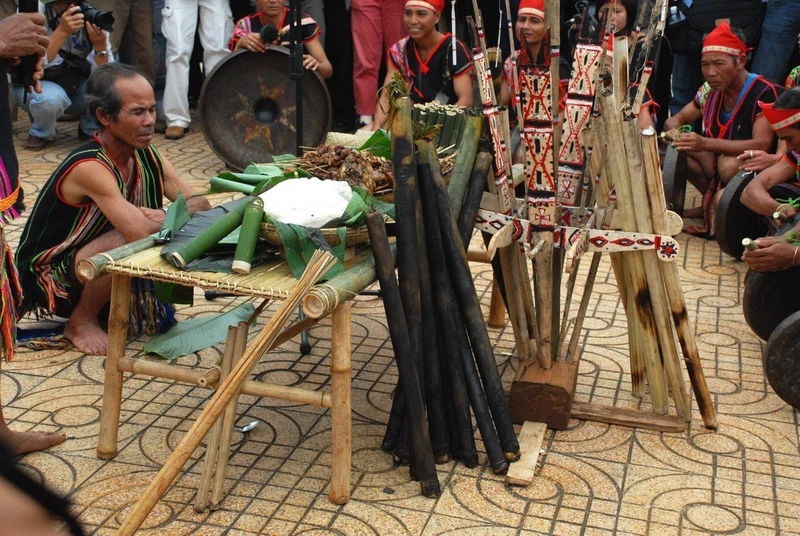

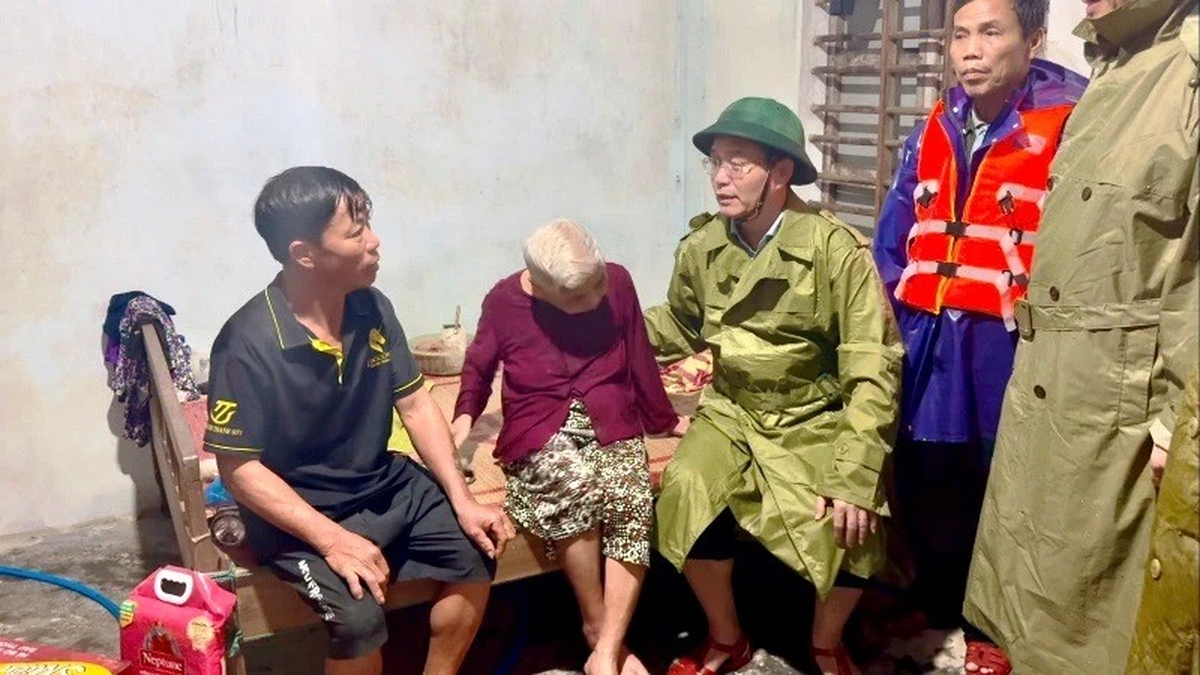
![[Photo] Prime Minister Pham Minh Chinh chaired a meeting to discuss solutions to overcome the consequences of floods in the central provinces.](https://vphoto.vietnam.vn/thumb/1200x675/vietnam/resource/IMAGE/2025/10/29/1761716305524_dsc-7735-jpg.webp)
![[Photo] Human love in the flood in Hue](https://vphoto.vietnam.vn/thumb/1200x675/vietnam/resource/IMAGE/2025/10/29/1761740905727_4125427122470875256-2-jpg.webp)
![[Photo] Prime Minister Pham Minh Chinh chaired a meeting to evaluate the operation of the two-level local government model.](https://vphoto.vietnam.vn/thumb/1200x675/vietnam/resource/IMAGE/2025/10/29/1761751710674_dsc-7999-jpg.webp)
![[Photo] Hue: Inside the kitchen that donates thousands of meals a day to people in flooded areas](https://vphoto.vietnam.vn/thumb/1200x675/vietnam/resource/IMAGE/2025/10/29/1761738508516_bepcomhue-jpg.webp)


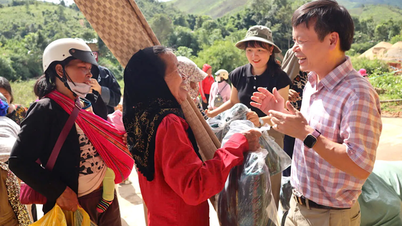

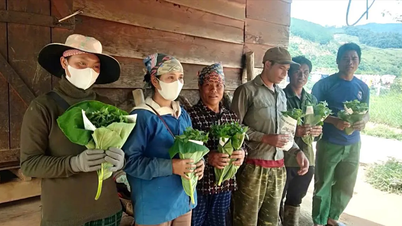

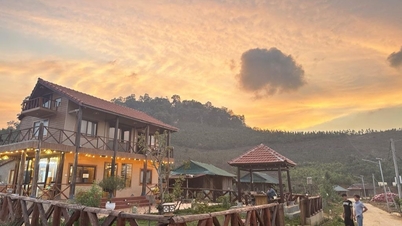




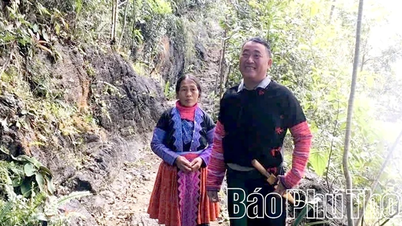

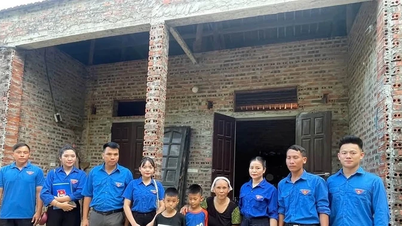
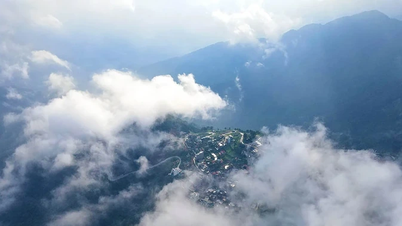
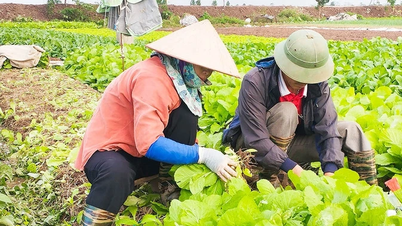
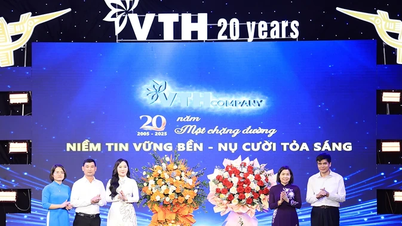
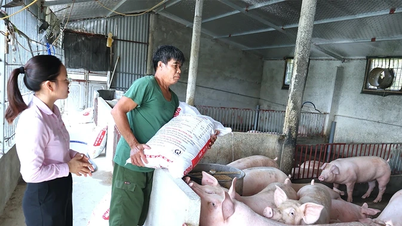




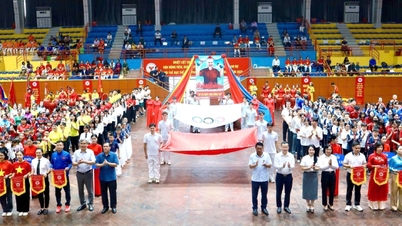
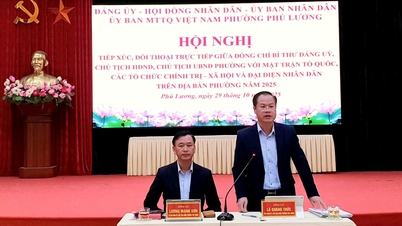
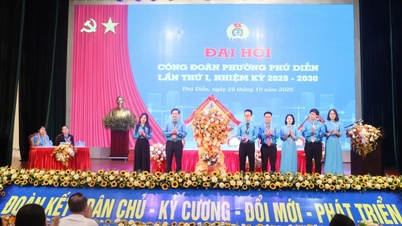
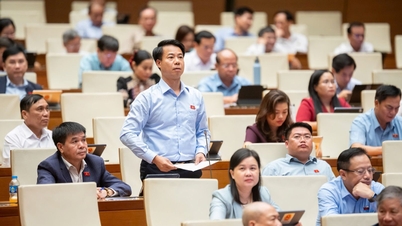
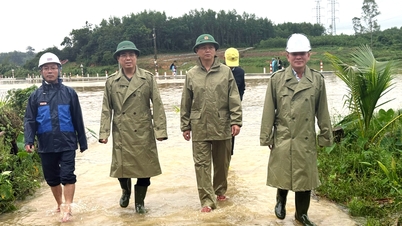

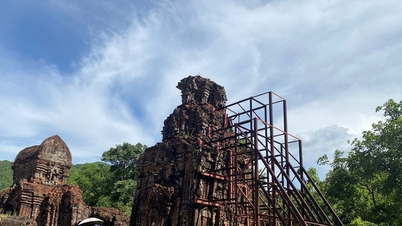

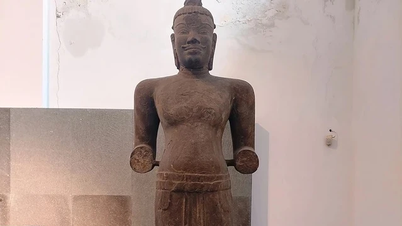

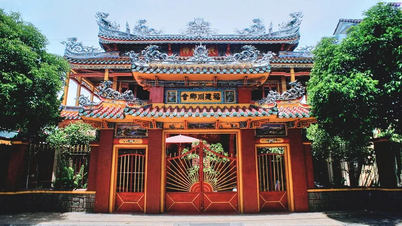

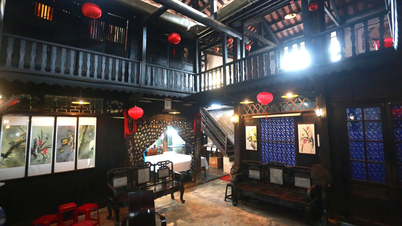

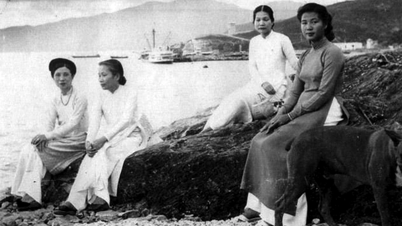

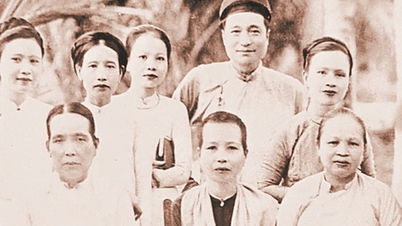
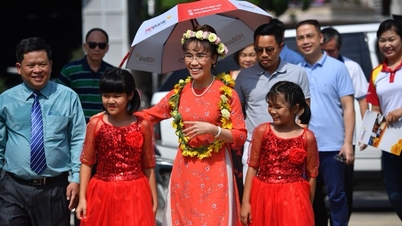

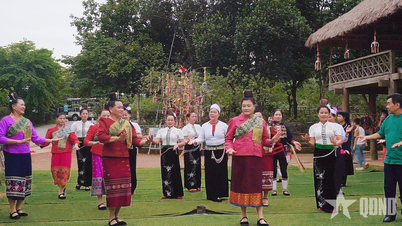
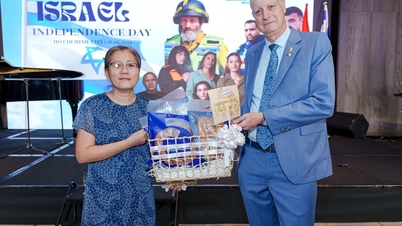

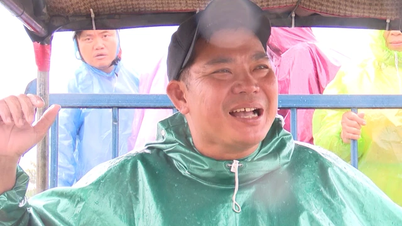


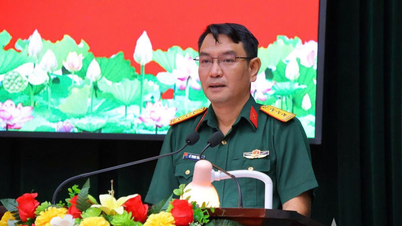

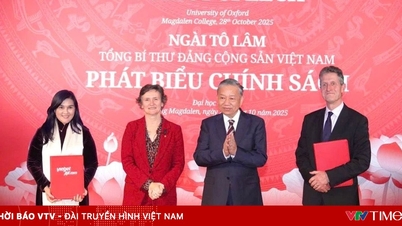



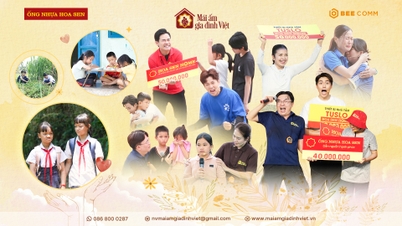


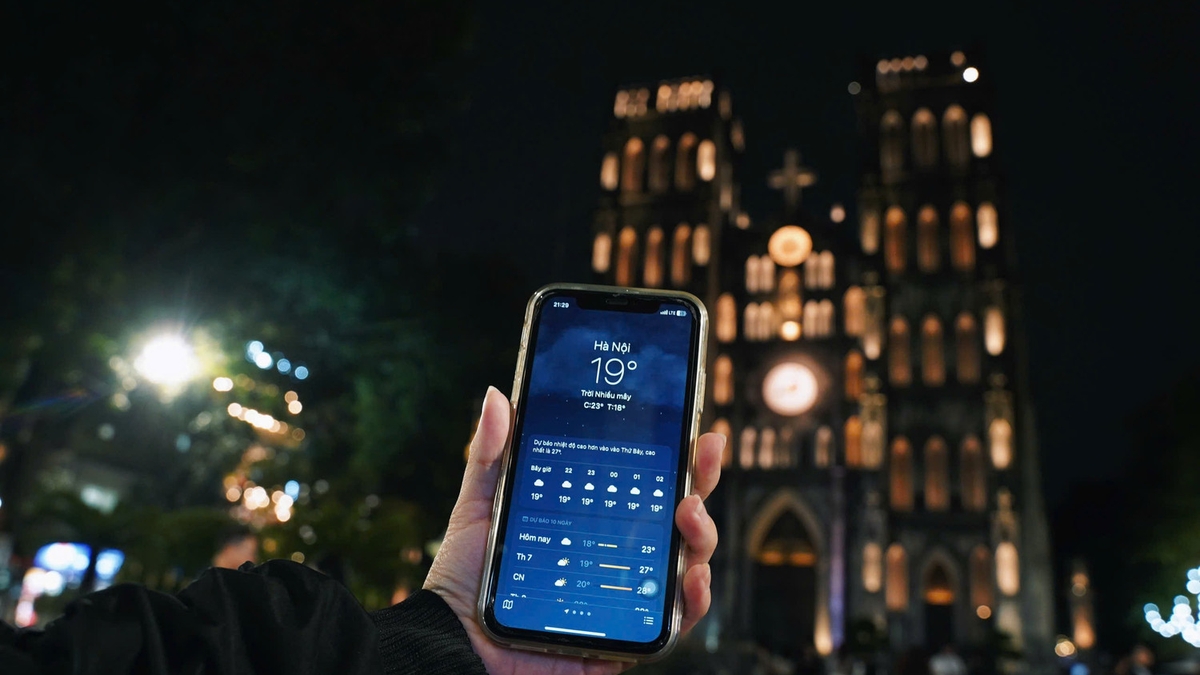


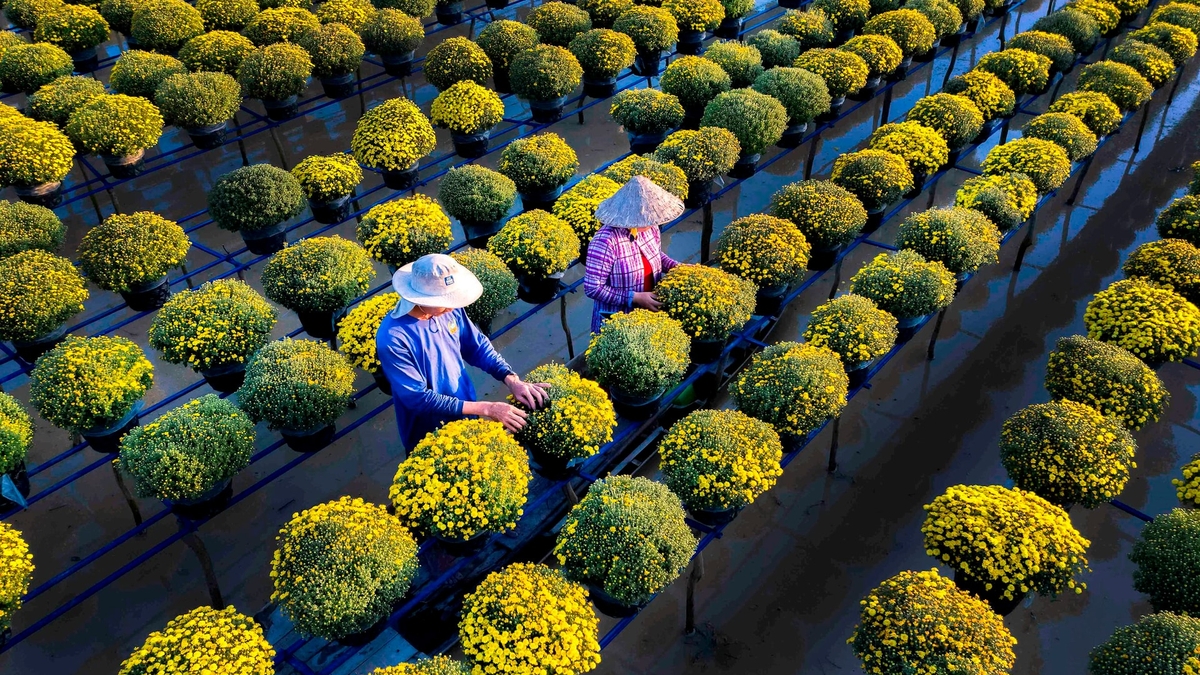

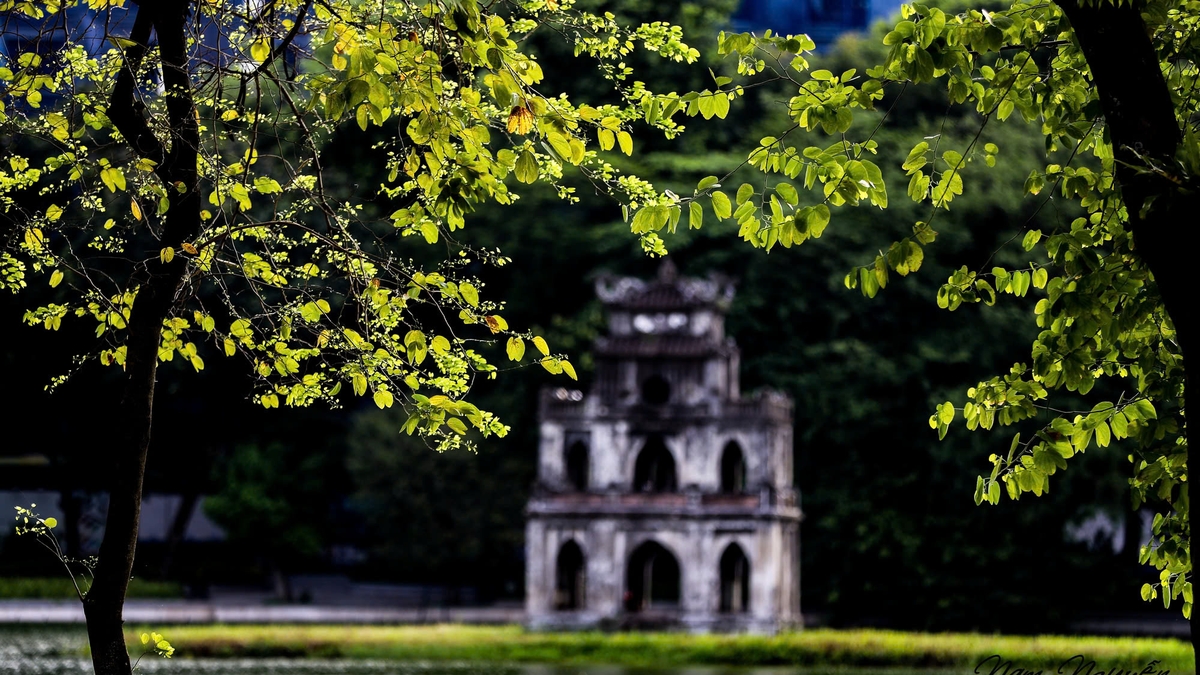






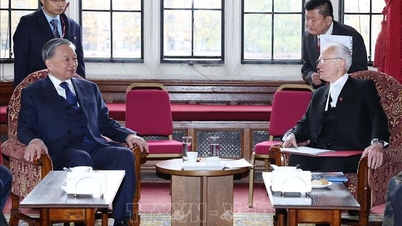




![[Live] Concert Ha Long 2025: "Heritage Spirit - Brightening the Future"](https://vphoto.vietnam.vn/thumb/402x226/vietnam/resource/IMAGE/2025/10/29/1761743605124_g-anh-sang-am-thanh-hoanh-trang-cua-chuong-trinh-mang-den-trai-nghiem-dang-nho-cho-du-khach-22450328-17617424836781829598445-93-0-733-1024-crop-1761742492749383512980.jpeg)
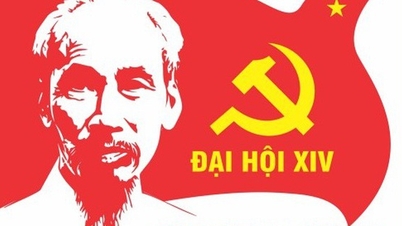
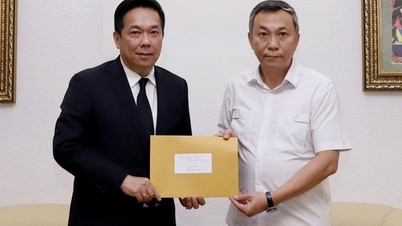

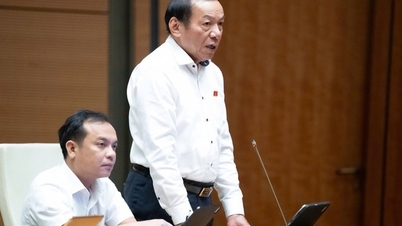
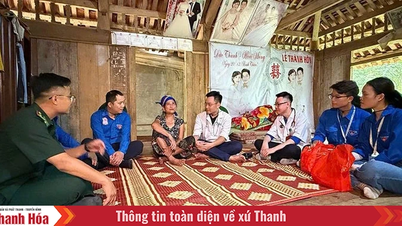






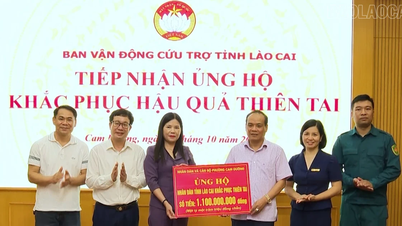

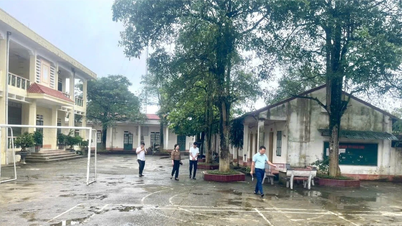
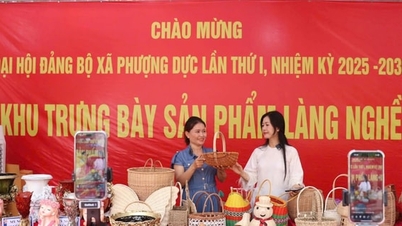










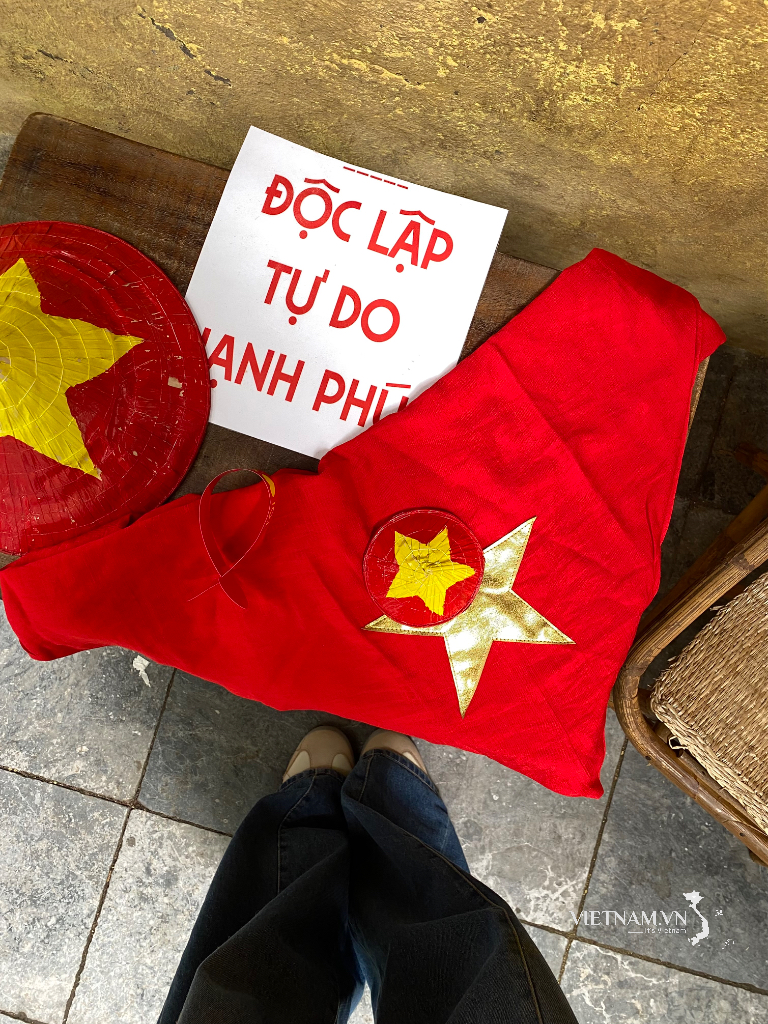
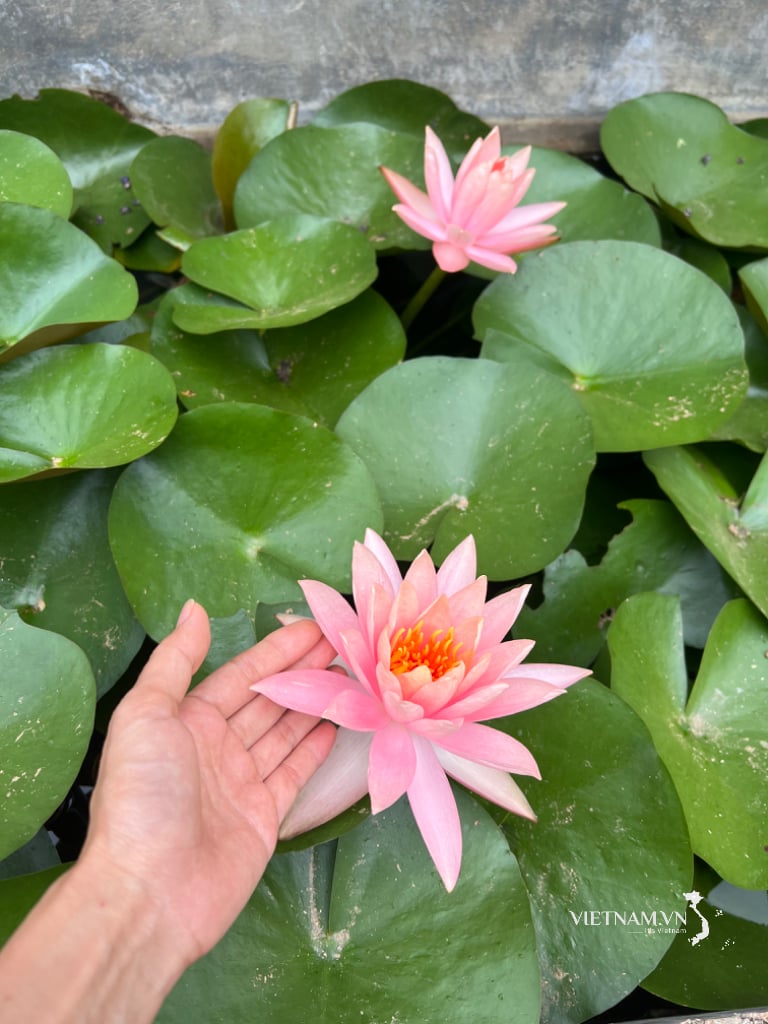

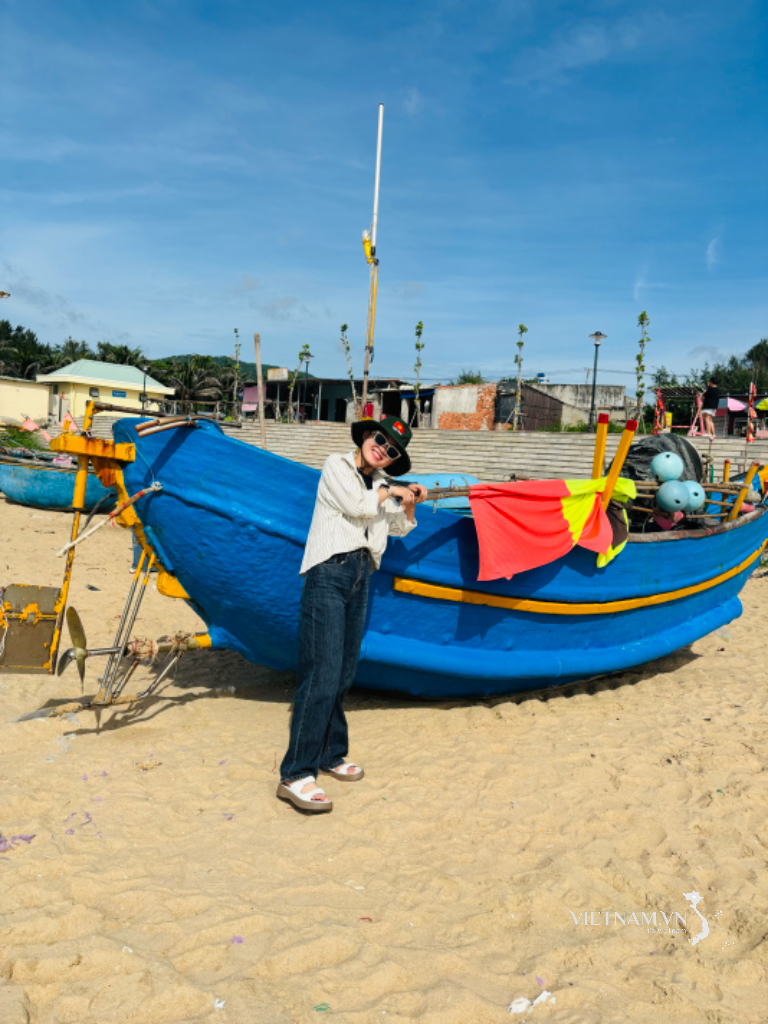
Comment (0)